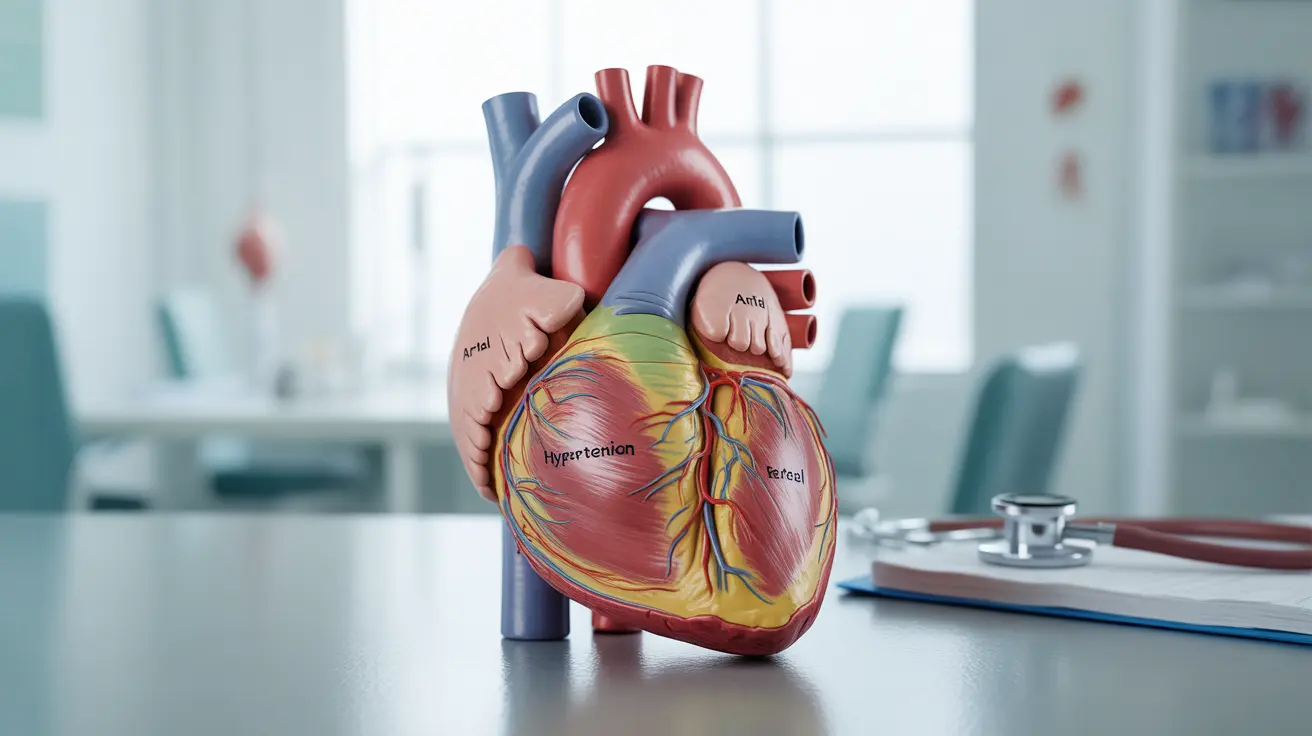High blood pressure, or hypertension, remains one of the most significant public health challenges worldwide, contributing to millions of preventable deaths annually. Understanding the scale of this silent killer and its impact on global health is crucial for raising awareness and promoting prevention strategies.
This comprehensive guide explores the mortality rates associated with high blood pressure, its warning signs, treatment options, and essential prevention strategies that could save countless lives.
The Global Burden of High Blood Pressure
According to the World Health Organization (WHO), approximately 10.8 million deaths occur annually due to high blood pressure complications. This staggering figure represents nearly 20% of all global deaths, making hypertension one of the leading causes of mortality worldwide.
In the United States alone, high blood pressure contributes to about 670,000 deaths annually, affecting people across all demographic groups, though certain populations face higher risks.
Understanding High Blood Pressure and Its Warning Signs
High blood pressure often develops silently over years, earning its reputation as the "silent killer." While many people may not experience obvious symptoms, certain warning signs can indicate elevated blood pressure levels:
- Morning headaches
- Irregular heartbeat
- Vision changes
- Chest pain
- Difficulty breathing
- Dizziness
- Blood in urine
Regular blood pressure monitoring remains the most reliable way to detect hypertension early, as symptoms may not appear until damage has already occurred.
Treatment Approaches and Management Strategies
Managing high blood pressure typically involves a combination of medical interventions and lifestyle modifications. Treatment options include:
Medication Options
- ACE inhibitors
- Beta-blockers
- Calcium channel blockers
- Diuretics
Lifestyle Modifications
- Regular physical activity
- Dietary changes
- Stress management
- Limited alcohol consumption
- Smoking cessation
The Power of Prevention Through Lifestyle Changes
Research shows that lifestyle modifications can significantly impact blood pressure levels. A heart-healthy diet, particularly the DASH (Dietary Approaches to Stop Hypertension) eating plan, combined with regular exercise, can lower blood pressure by 5-11 mm Hg.
Key dietary recommendations include:
- Reducing sodium intake
- Increasing potassium-rich foods
- Limiting alcohol consumption
- Incorporating more fruits and vegetables
- Choosing whole grains over refined carbohydrates
Complications of Untreated Hypertension
When left uncontrolled, high blood pressure can lead to severe health complications:
- Heart attack and heart failure
- Stroke
- Kidney disease and failure
- Vision loss
- Cognitive decline
- Peripheral artery disease
- Aneurysms
Frequently Asked Questions
How many people die from high blood pressure each year?
Globally, approximately 10.8 million deaths occur annually due to high blood pressure complications. This accounts for about 20% of all deaths worldwide, making it one of the leading causes of mortality.
What are the main symptoms and signs that indicate someone has high blood pressure?
While high blood pressure often develops without obvious symptoms, warning signs can include morning headaches, irregular heartbeat, vision changes, chest pain, difficulty breathing, and dizziness. However, regular blood pressure monitoring is the most reliable way to detect hypertension.
How is high blood pressure treated and managed, and what are the best lifestyle changes to prevent it?
High blood pressure is treated through a combination of medications (such as ACE inhibitors and beta-blockers) and lifestyle changes. Key lifestyle modifications include regular exercise, maintaining a healthy weight, following a heart-healthy diet, reducing sodium intake, managing stress, and limiting alcohol consumption.
Can high blood pressure be prevented or reduced through diet and exercise alone?
Yes, in many cases, especially in the early stages or for mild hypertension, diet and exercise can significantly lower blood pressure. The DASH diet, combined with regular physical activity, can reduce blood pressure by 5-11 mm Hg. However, some individuals may still require medication in addition to lifestyle changes.
What are the most significant risks and complications of untreated high blood pressure?
Untreated high blood pressure can lead to severe complications including heart attack, stroke, heart failure, kidney disease, vision loss, cognitive decline, and aneurysms. These complications underscore the importance of early detection and proper management of hypertension.




